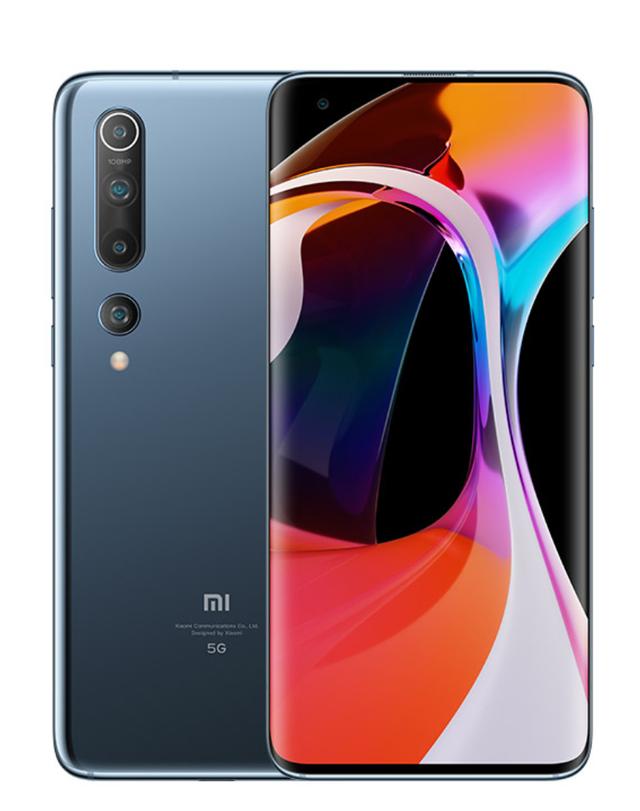
Why did Xiaomi take second place in the world?
Share
On July 15, 2021, the market research company Canalys Research issued a report for the second quarter. Xiaomi’s shipments increased by 83% year on year, surpassing Apple to become the world's second-largest. In the future, the demand for Xiaomi repair parts in the global market will continue to grow.
Why Xiaomi?
First, the epidemic has universalized the use of low-cost smartphones in emerging Internet markets. Consumer perception in China is not as profound as abroad. Although the domestic epidemic in China has been brought under control a long time ago, overseas, most areas are still in the "shadow" of the new crown. For example, in Indonesia, the world's fourth most populous country, highly infectious mutated strains of the new crown virus are still raging. As of July 17, more than 50,000 people have been diagnosed in the area for 4 consecutive days. Especially in the field of education, “Many children in Indonesia are using large-screen smartphones in online lessons because computers are too expensive for them, and the computers need to be connected to WiFi, and the locals do not have the conditions to install WiFi in their homes.” For some children, I would take my mobile phone to a Muslim temple to attend class because the WiFi there is free for students. Similar to Indonesia, there are emerging Internet markets with underdeveloped economies such as Latin America and Africa. Due to the epidemic, the demand for using mobile phones for class and office work has contributed a large part of the sales of low-priced mobile phones such as Xiaomi and the corresponding Xiaomi repair parts.
Second, the epidemic has caused some consumers to face "consumption degradation." Even in a market that is in the "consumption upgrade" stage, people still need low-cost, cost-effective mobile phones. In Brazil, installment shopping accounts for about 80% of the total transaction volume. The epidemic abroad has not been effectively controlled for a long time. "The epidemic has hit everyone's income, and if there is a job, it has become no job. If you can afford to spend more than US$200, you have to choose the one below US$200. The epidemic has changed. For example, India, which is supposed to be in a consumption upgrade period, is also facing a "downgrade." In this regard, Apple has always been firmly in the high-end market, and its products do not match the demand for price-performance. "The epidemic has not changed the main consumers of high-end devices to a large extent. White-collar workers should still go to work, and their income will not decrease." This is also one of the reasons why Apple was overtaken this time.
Third, although the epidemic has further released the demand for low- and medium-priced mobile phones in Europe, America, Africa, Southeast Asia, and other regions, whether mobile phone manufacturers can meet this huge demand is the key. Obviously, this part of the market is mainly captured by Xiaomi, not Vivo, OPPO, Samsung, and so on. To be able to win this battle requires a layout at least one year in advance. When the epidemic hits, Xiaomi's faster transformation efficiency and the layout that it started earlier have been able to get ahead of its opponents and take over the low-end consumer demand.
Although the shipment volume has been promoted to second place, it cannot be said that Xiaomi's strength and status have reached second place. Xiaomi will set a price of 3,000 yuan or 300 euros or more for high-end mobile phones in 2020, and global sales will be close to 10 million units. But looking at the iPhone, in the fourth quarter of 2020, 18 million units were sold in China alone. The gap is huge. Xiaomi launched its first mobile phone in 2011. In 2020, Xiaomi launched its high-end flagship mobile phones Mi 10 and Mi 11, and only then began to make an impact on the high-end, increasing investment in key technologies such as chips, influence, and fast charging. In contrast, Samsung Electronics was founded in 1969, Apple was founded in 1976, and Huawei was founded in 1987. Millet still has a long way to go if it wants to catch up with technology accumulation. If you want to hit the high-end, Xiaomi has to pay more in technology research and development.
Oriwhiz (Shenzhen DongYe Tengfei Electronics Co., Ltd) is a professional iPhone, iPad, iMac, Mac Book, Huawei, Samsung, Sony, LG, ASUS, Xiaomi repair parts and repair tools supplier. Oriwhiz team aims to provide the best quality cellphone replacement parts and repair tools to all customers. We provide comprehensive solutions for cellphone, digital devices, computer repair shops with powerful and handy cellphone repair packages, repair tools, and repair machines. Browse our product category to select an item you like or contact us for wholesale and distribution issues.
